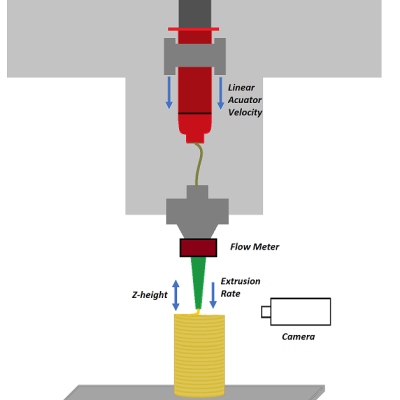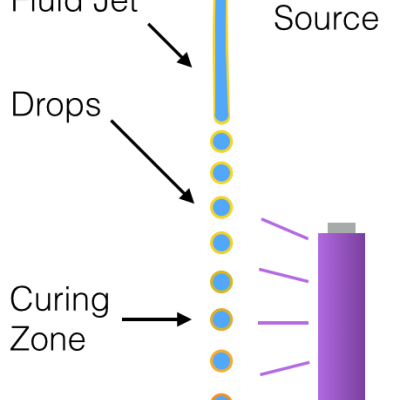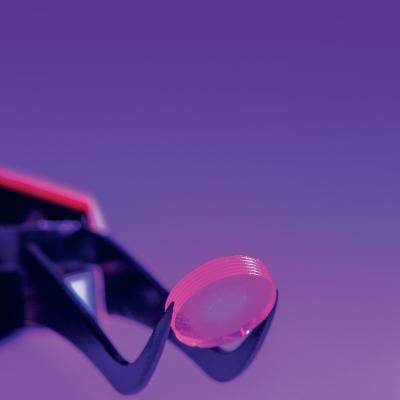Keywords
- Show all (85)
- Additive Manufacturing (37)
- 3D Printing (7)
- Compact Space Telescopes (5)
- Laser Materials Processing (5)
- Diode Lasers (4)
- Manufacturing Improvements (3)
- Optical Damage Mitigation (3)
- Precision Optical Finishing (3)
- RF Photonics (3)
- Sensors (2)
- Synthesis and Processing (2)
- Ultrashort Pulse Lasers (2)
- Electric Grid (1)
- Manufacturing Simulation (1)
- Material Design (1)
- Precision Engineering (1)
- Volumetric Additive Manufacturing (1)
- (-) Manufacturing Automation (2)
- (-) Additively Manufactured (AM) Optics (1)
- (-) Microfabrication (1)
Technology Portfolios
Image

Livermore researchers have developed a method for implementing closed-loop control in extrusion printing processes by means of novel sensing, machine learning, and optimal control algorithms for the optimization of printing parameters and controllability. The system includes a suite of sensors, including cameras, voltage and current meters, scales, etc., that provide in-situ process monitoring…
Image

Livermore researchers have developed a method of fabricating functional polymer-based particles by crosslinking UV-curable polymer drops in mid-air and collecting crosslinked particles in a solid container, a liquid suspension, or an air flow. Particles could contain different phases in the form or layered structures that contain one to multiple cores, or structures that are blended with…
Image

LLNL researchers have developed a custom resin formulation which uses a dispersing solvent and only a multifunctional monomer as the binding agent. The dispersing solvent system typically used has multiple components meant to achieve excellent dispersal of silica in order to create a flowable resin (rather than a paste). The dispersing agent has low vapor pressure, which allows the 3D printed…
Image

LLNL researchers have developed a system that relies on machine learning to monitor microfluidic devices. The system includes (at least) a microfluidic device, sensor(s), and a local network computer. The system could also include a camera that takes real-time images of channel(s) within an operating microfluidic device. A subset of these images can be used to train/teach a machine learning…
